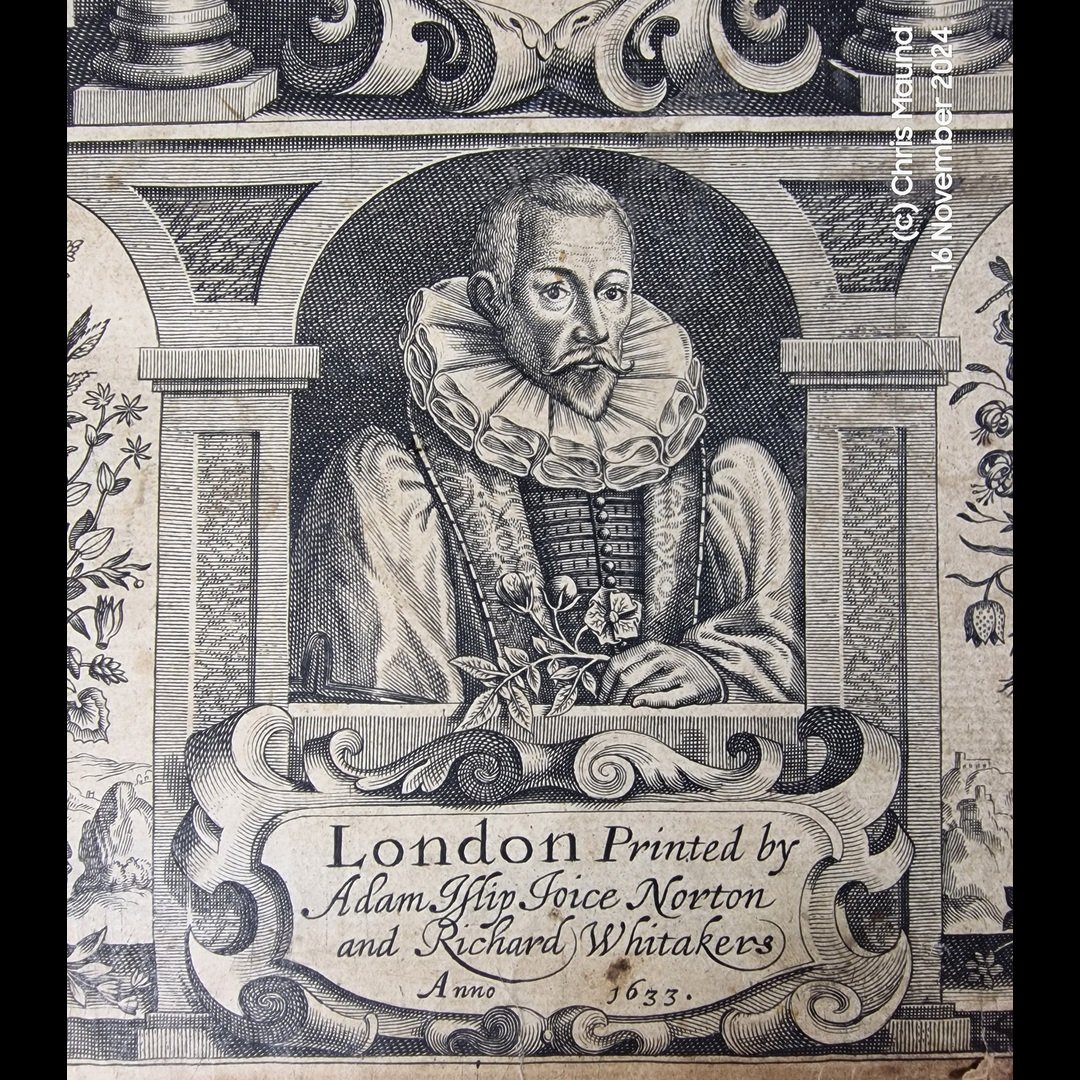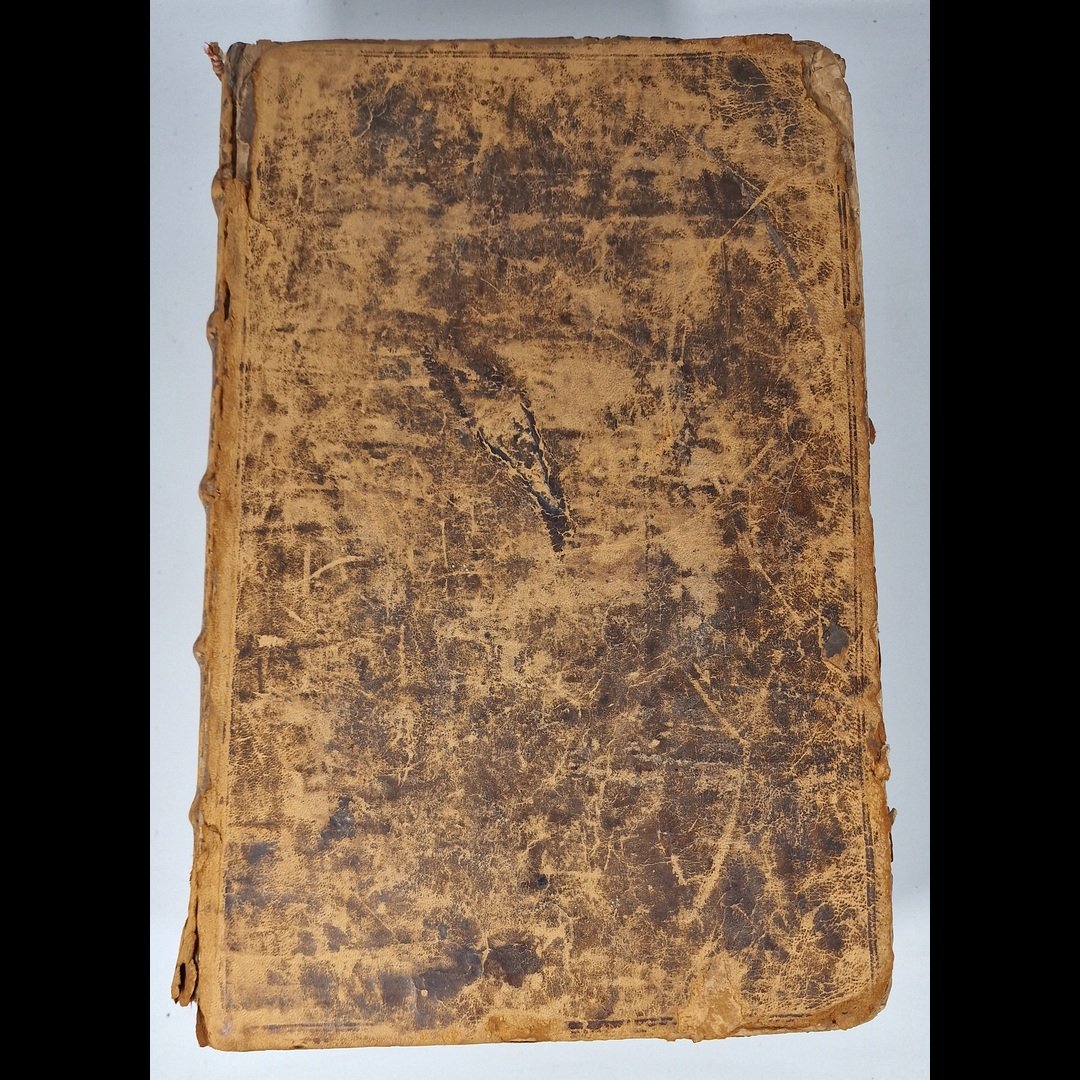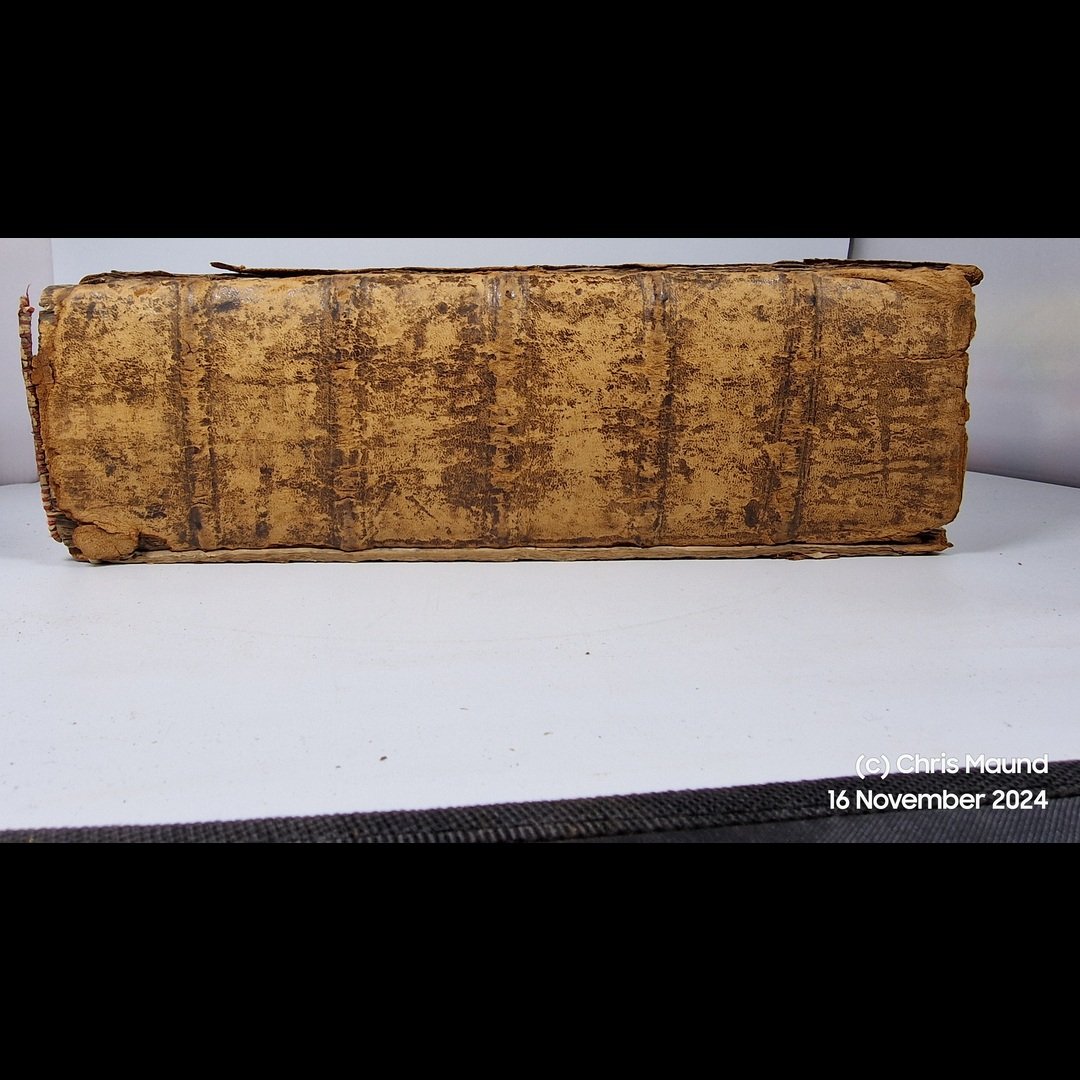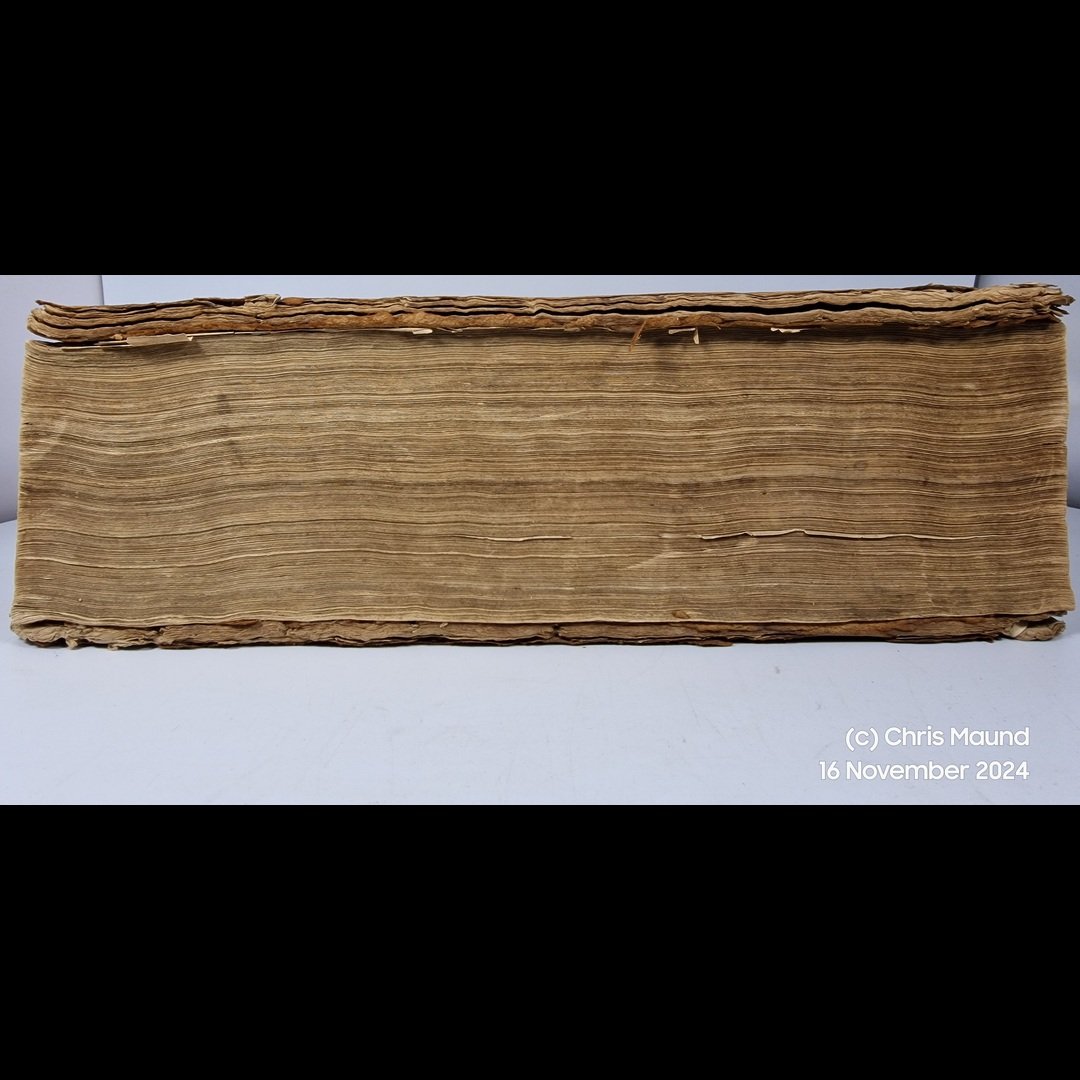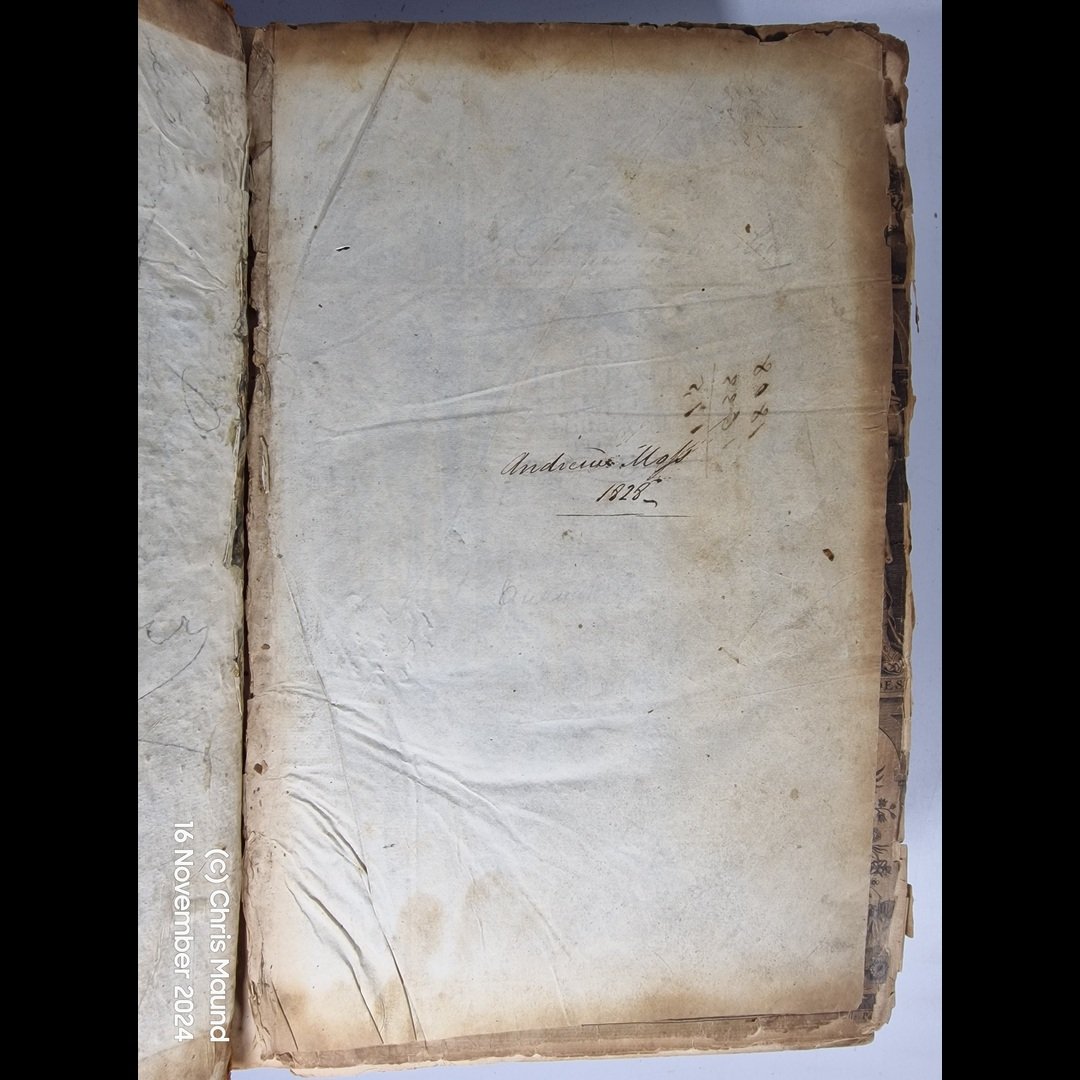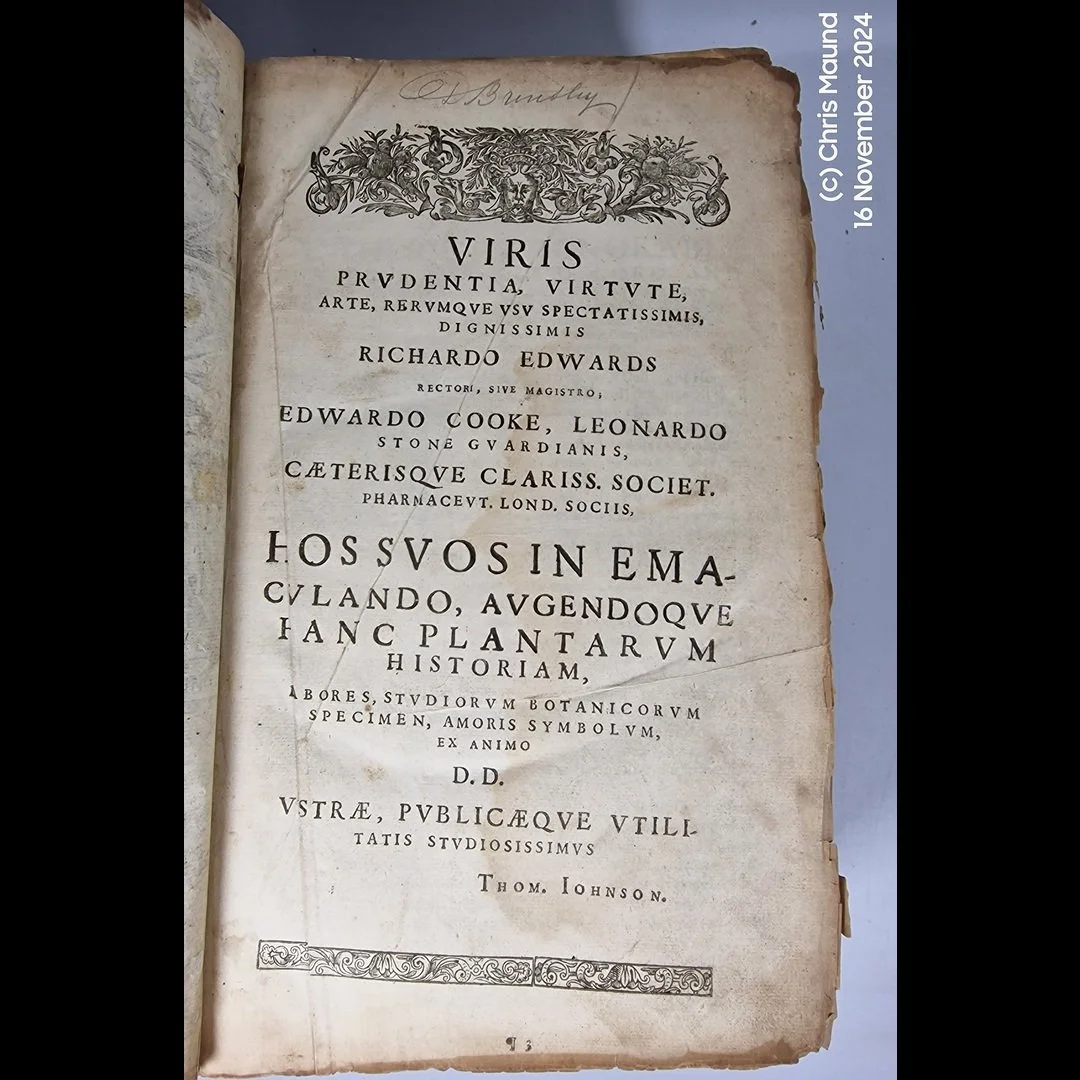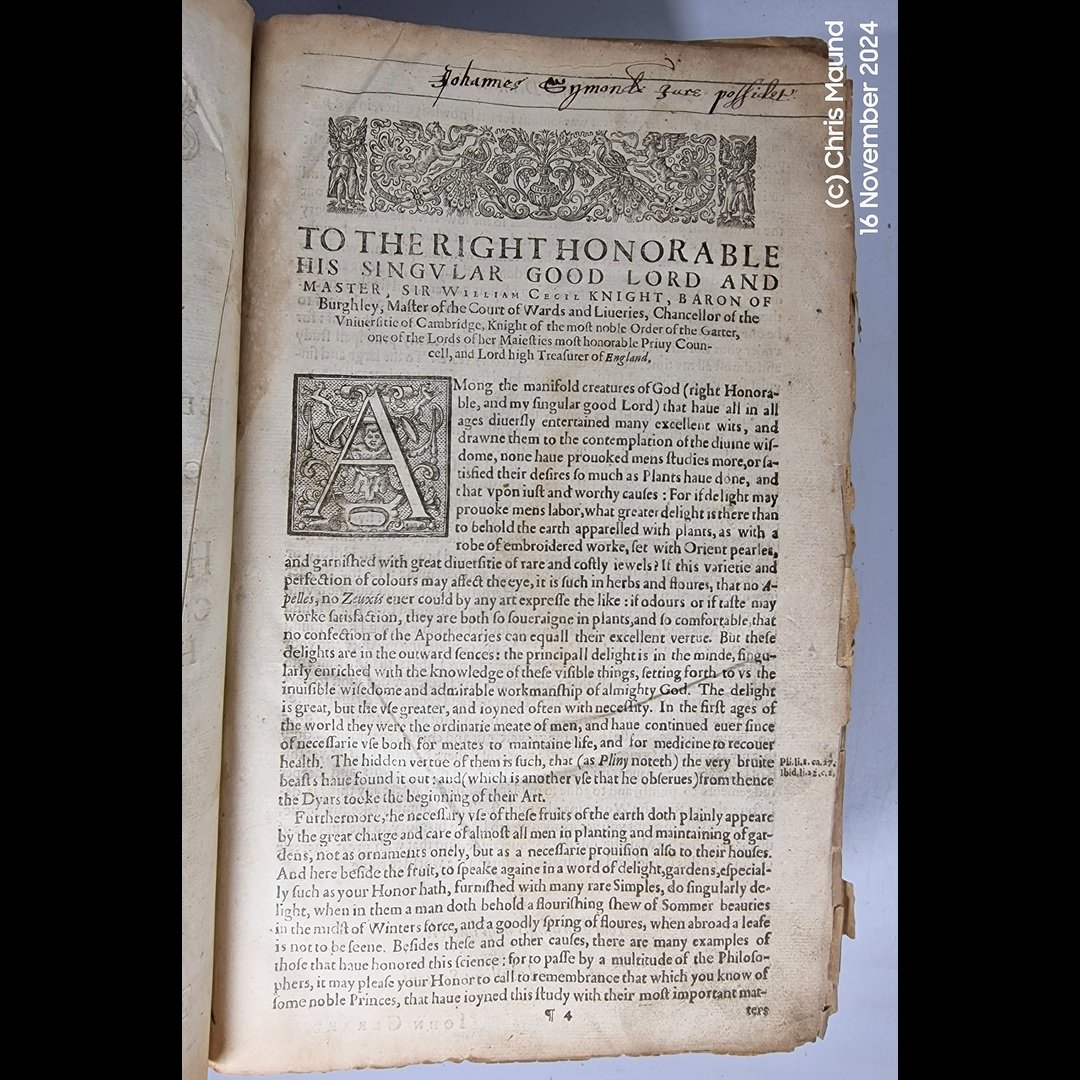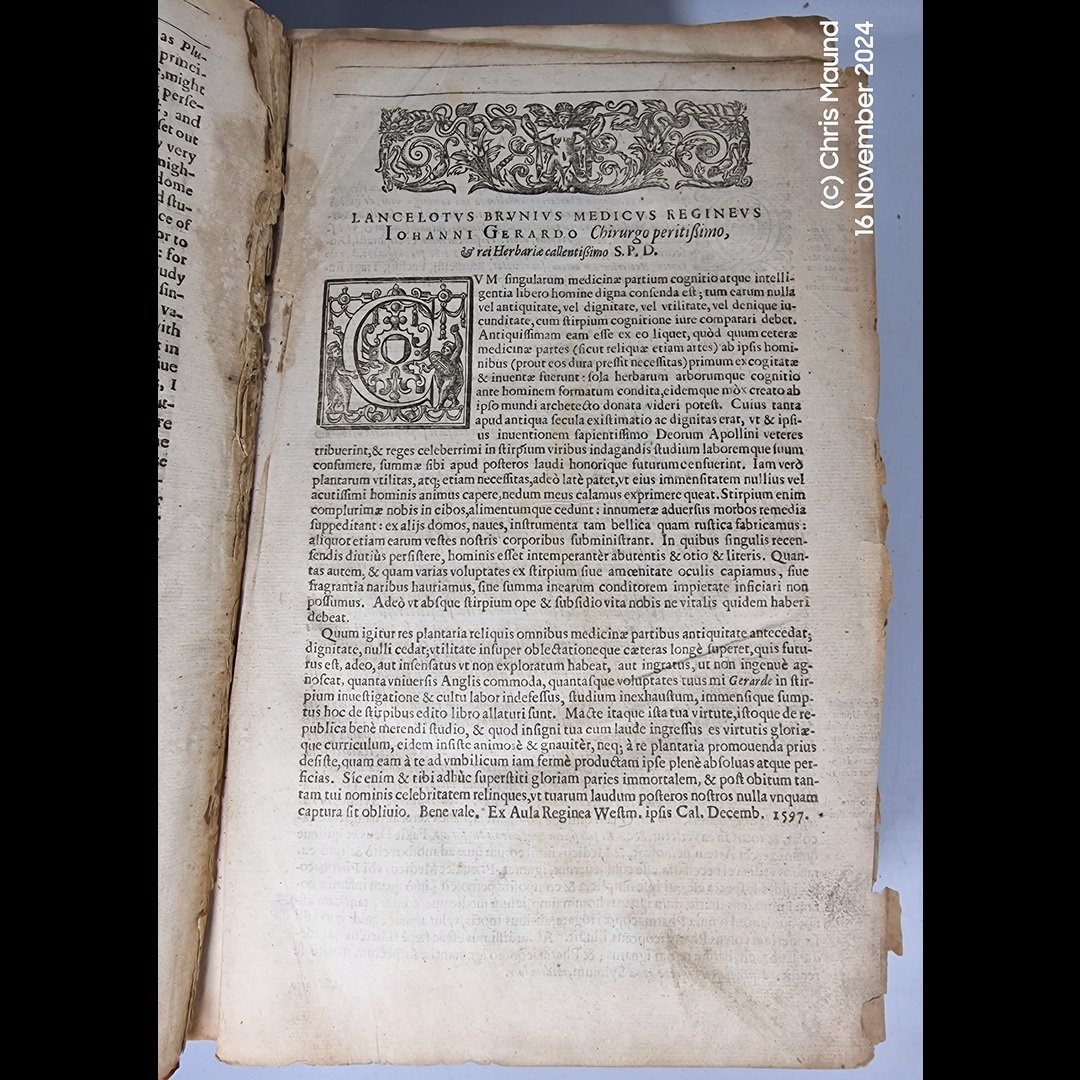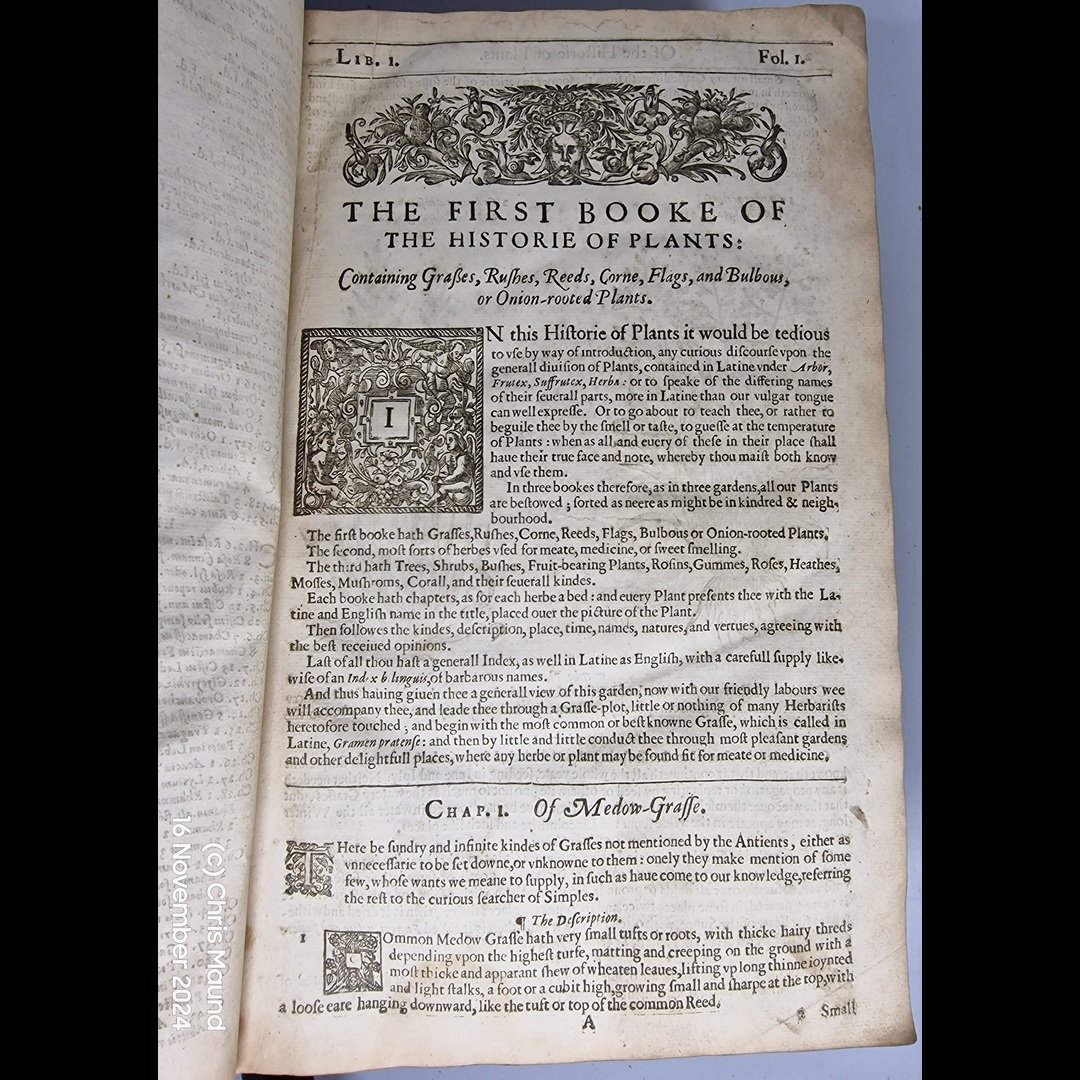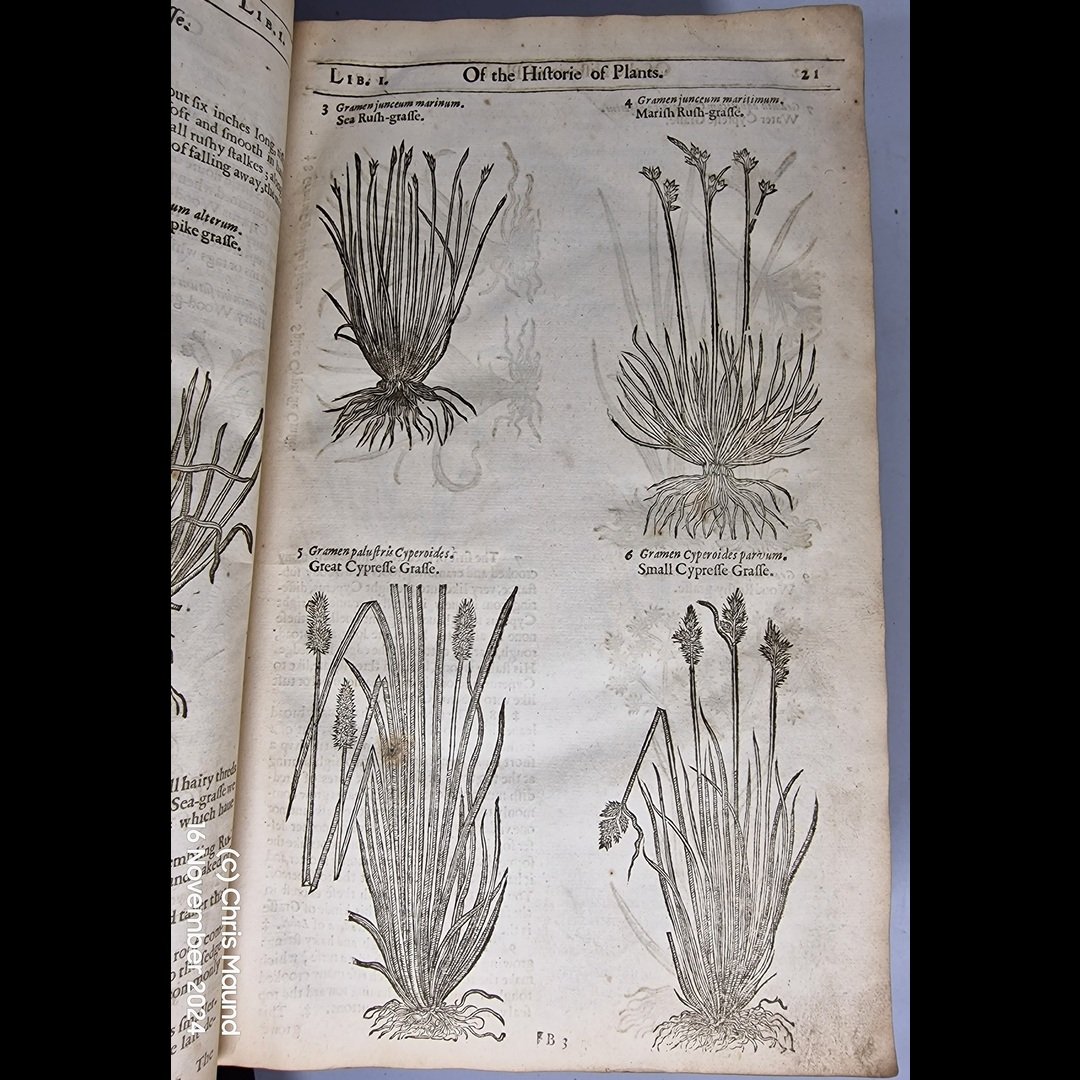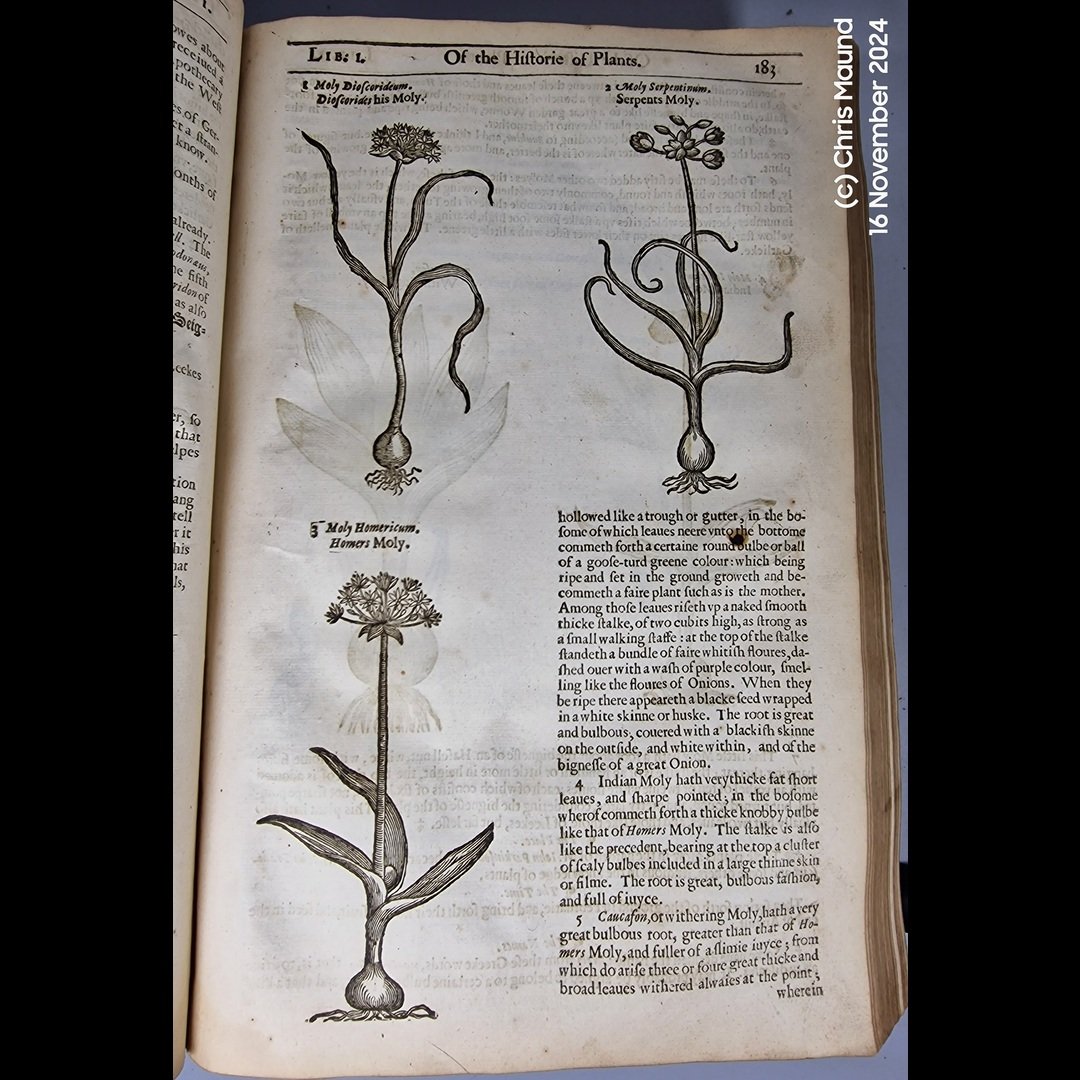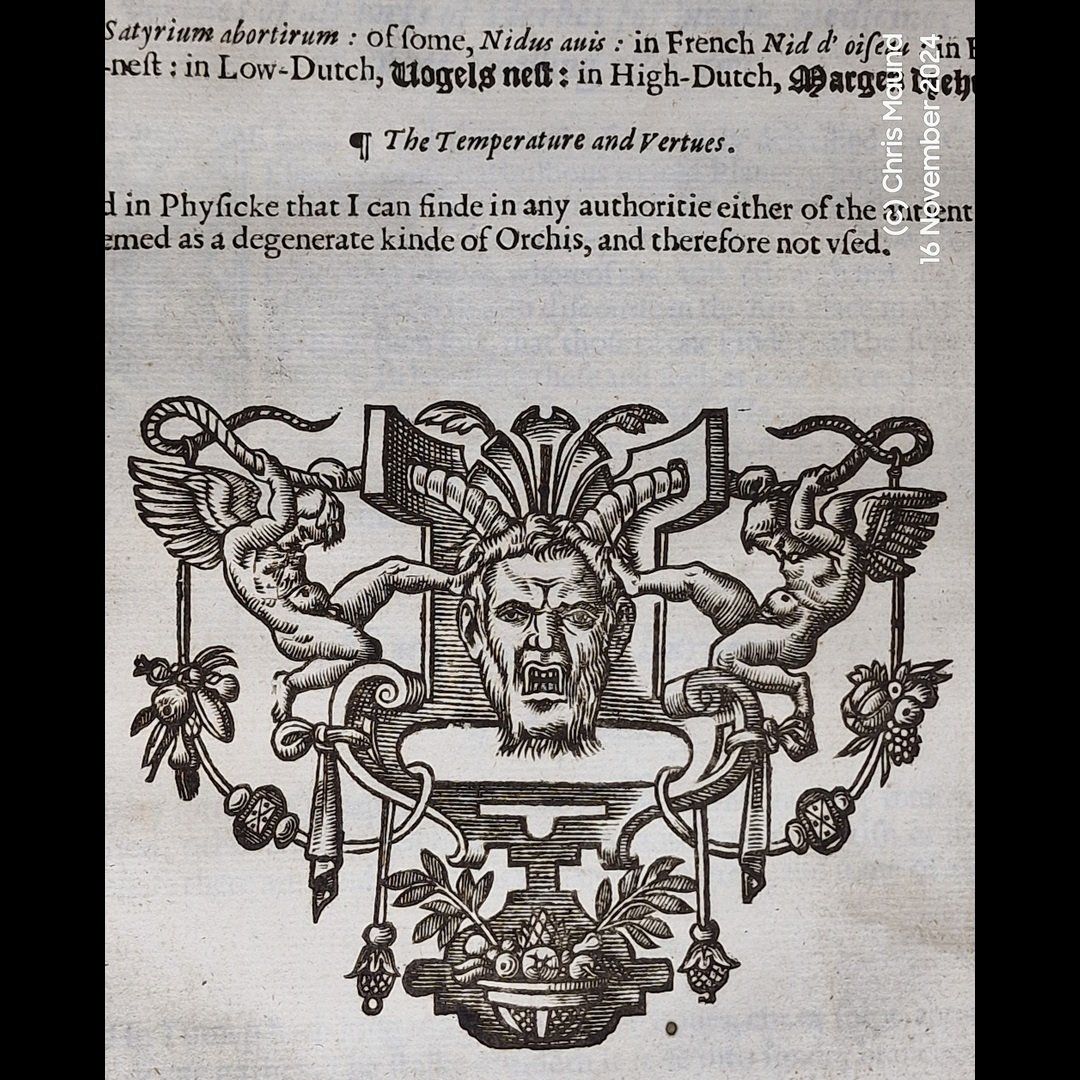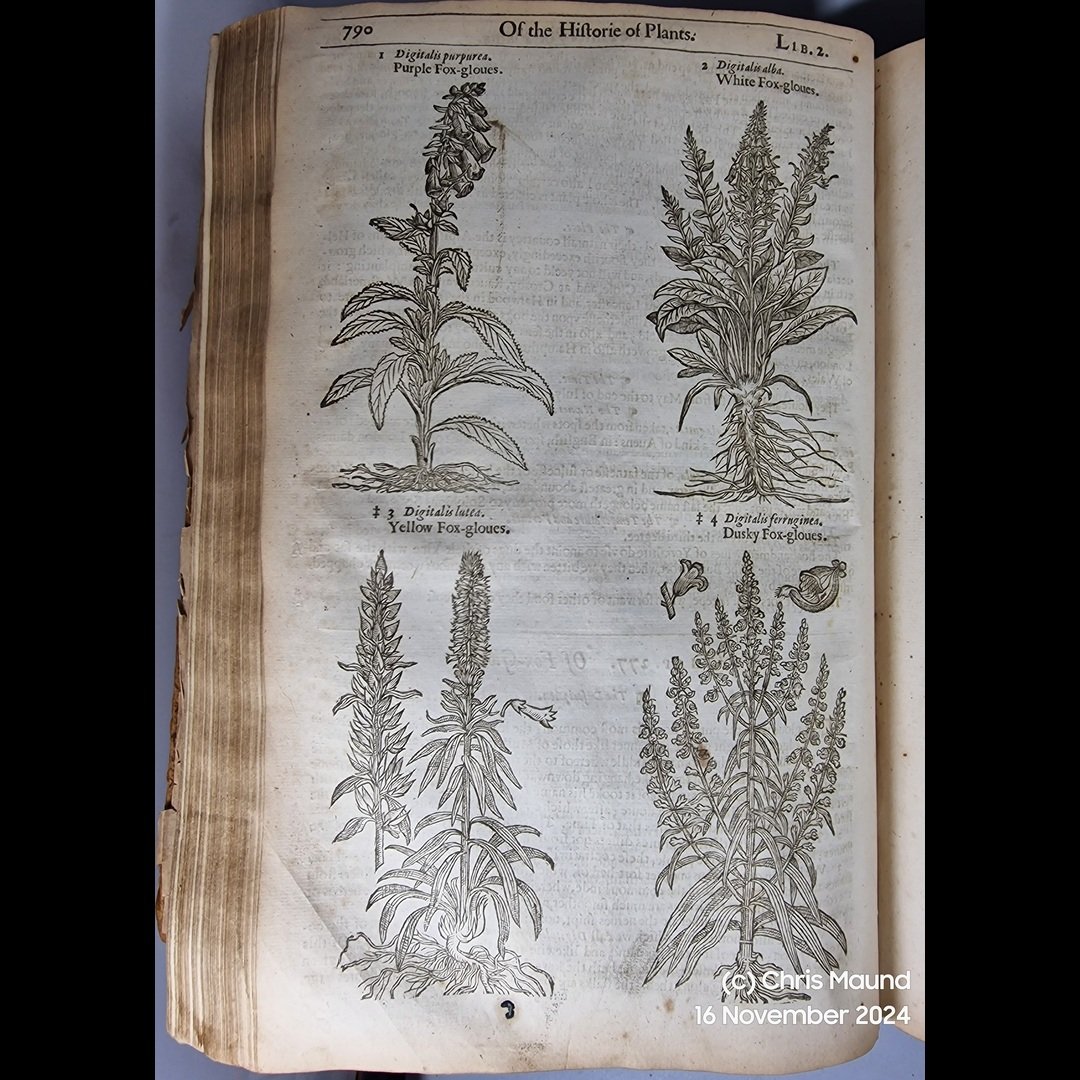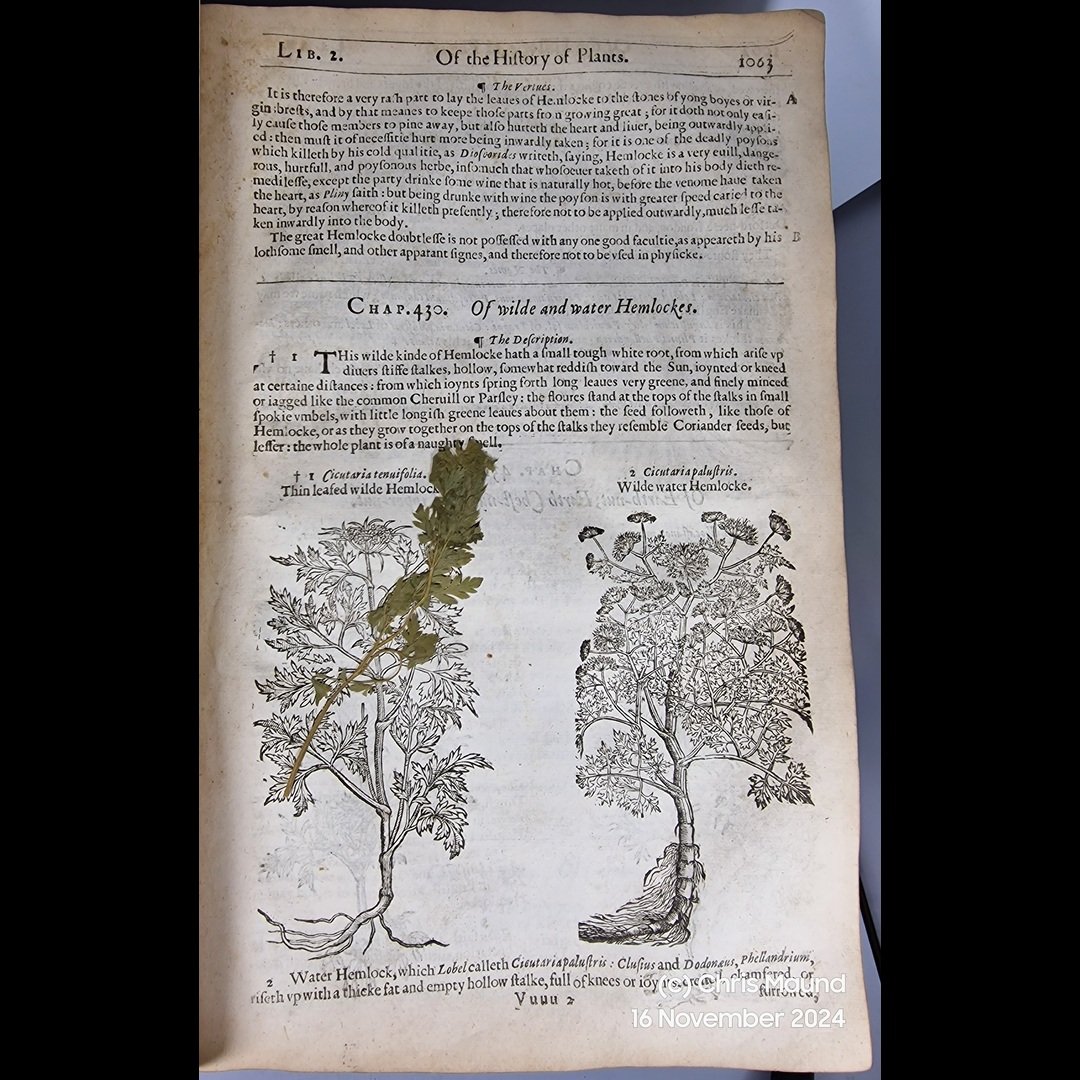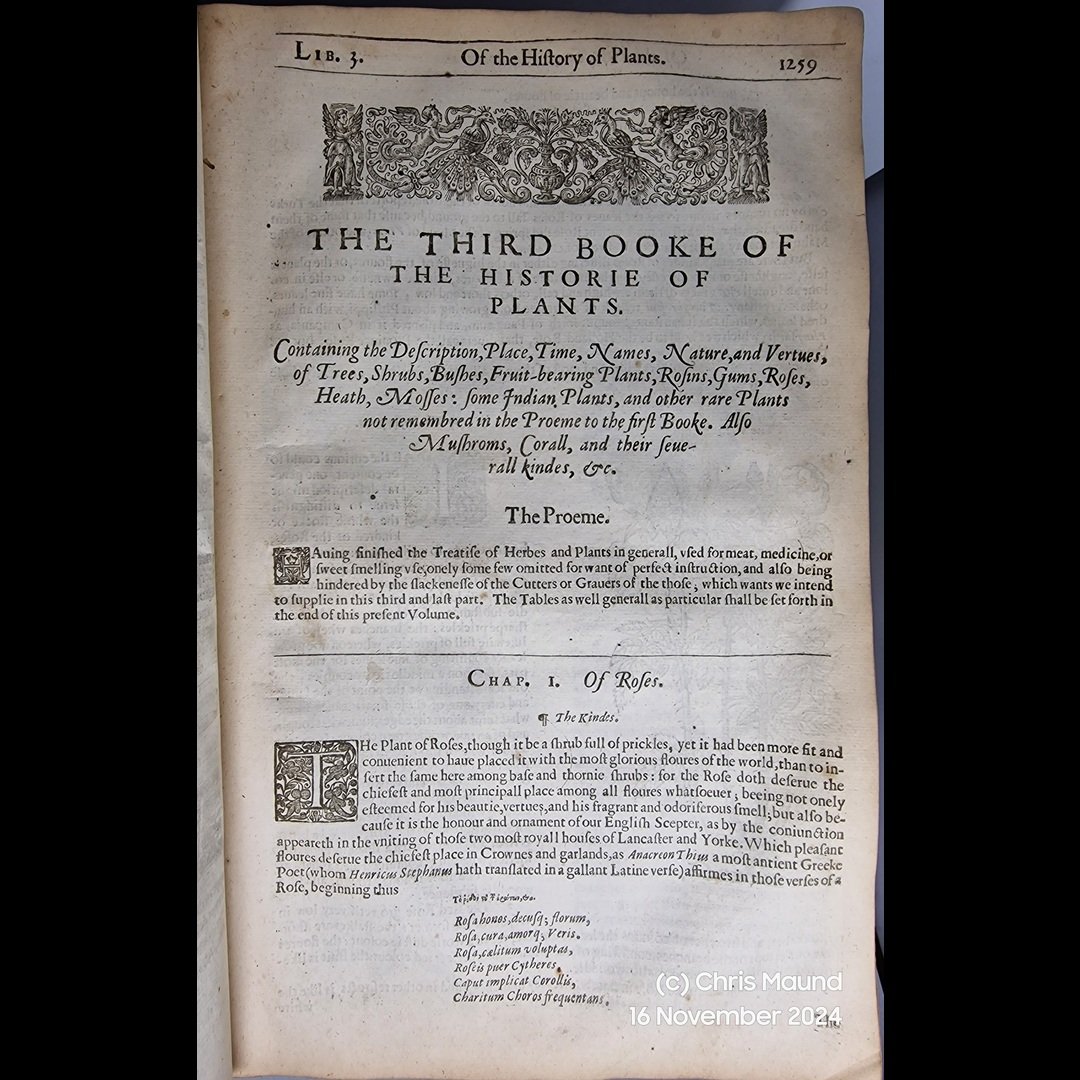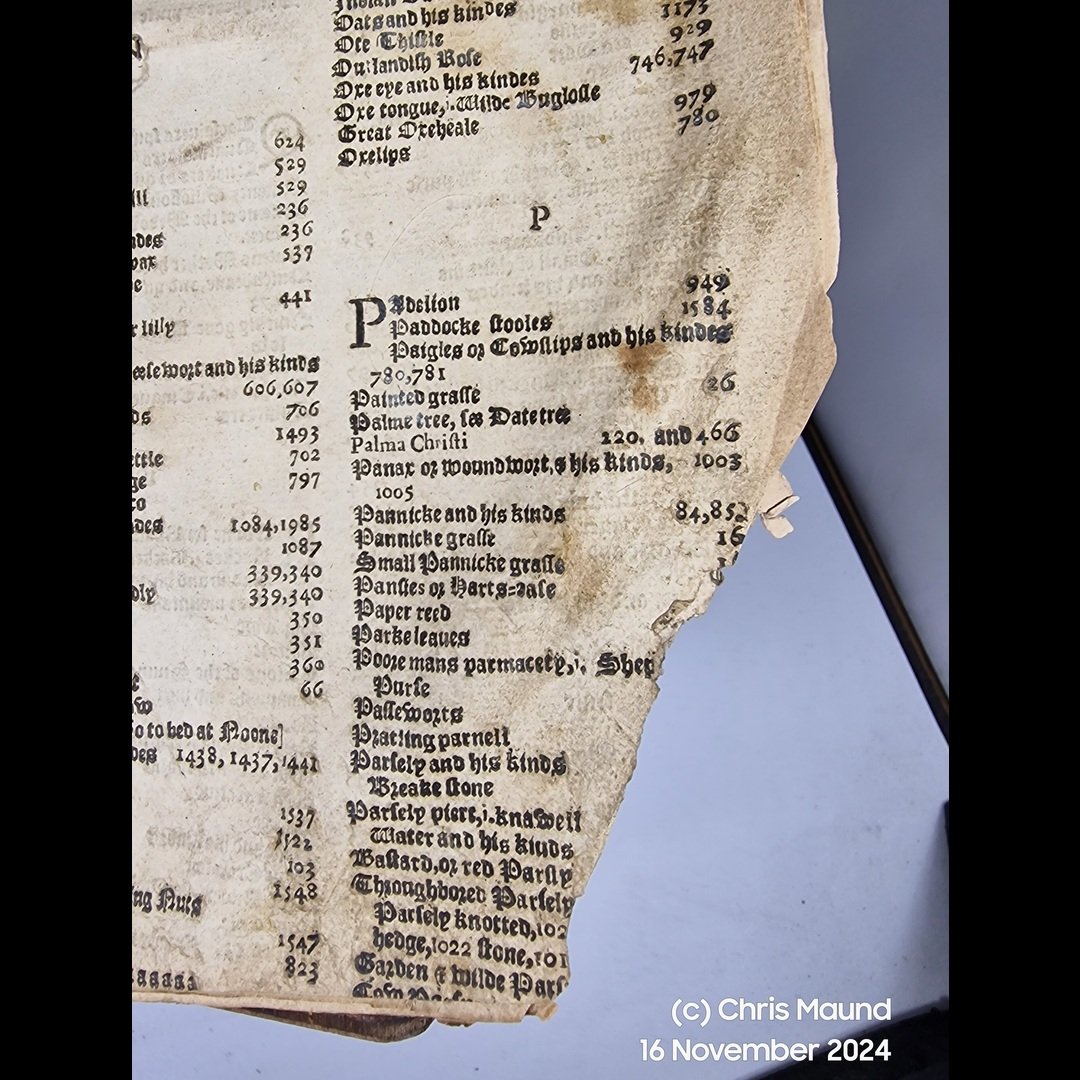 Image 1 of 16
Image 1 of 16

 Image 2 of 16
Image 2 of 16

 Image 3 of 16
Image 3 of 16

 Image 4 of 16
Image 4 of 16

 Image 5 of 16
Image 5 of 16

 Image 6 of 16
Image 6 of 16

 Image 7 of 16
Image 7 of 16

 Image 8 of 16
Image 8 of 16

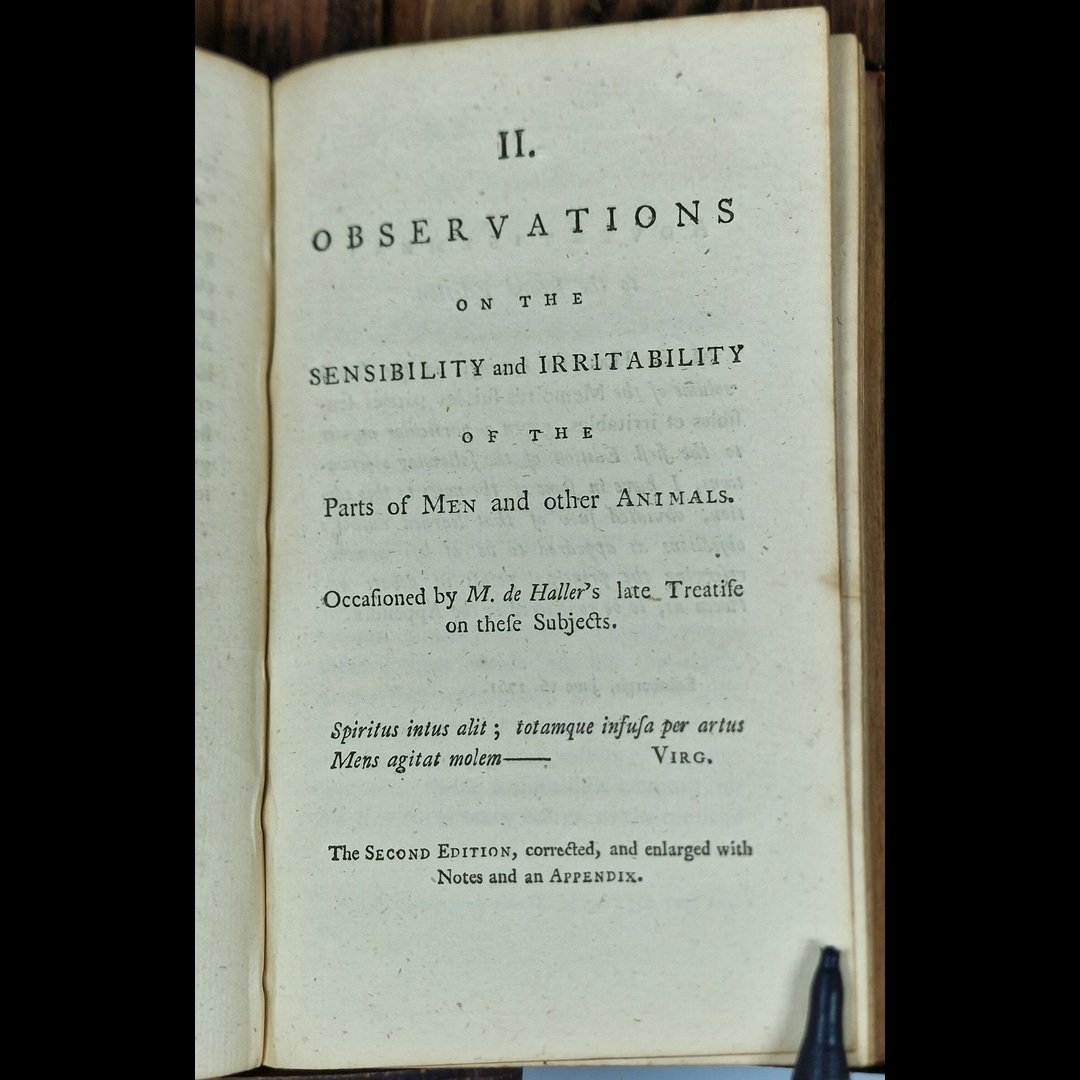 Image 9 of 16
Image 9 of 16

 Image 10 of 16
Image 10 of 16

 Image 11 of 16
Image 11 of 16

 Image 12 of 16
Image 12 of 16

 Image 13 of 16
Image 13 of 16

 Image 14 of 16
Image 14 of 16

 Image 15 of 16
Image 15 of 16

 Image 16 of 16
Image 16 of 16

















1761 2nd Edtn PHYSIOLOGICAL ESSAYS By Robert Whytt Good Science
1761 2nd Edition ,
PHYSIOLOGICAL ESSAYS
An inquiry into the causes which promote the circulation of the fluids in the very small vessels of animals
By Robert Whytt
Robert Whytt was born in Edinburgh on 6 September 1714. He is most likely the Robert Whyt that matriculated at Edinburgh University in 1729. Whytt was certainly studying medicine at Edinburgh the following year under Alexander Monro primus. In 1734, Whytt went to London and then Paris to continue his medical studies. Whytt then travelled to Leiden where he studied under Boerhaave. Whytt’s contemporary reputation was based on his use of lime water and soap for cases of stones in the bladder. His paper on the topic went through several editions and soap dissolved in lime water remained a popular cure through the nineteenth century. By 1739, Whytt began to question the accepted views on the nature of vital motions, shifting his focus to neurophysiology. Whytt’s theories on the central nervous system opposed contemporary teachings and drew him further into the public eye. Whytt outlined his ideas in a paper read before the Philosophical Society in Edinburgh in 1745. In 1747, he was appointed professor of the practice of medicine at Edinburgh University. Whytt was also appointed professor of the institutes of medicine. He also gave clinical lectures at the Royal Infirmary in 1760.
In 1751, Whytt published a major work, Essay on the Vital and other Involuntary Motions of Animals. This book attracted the attention of physiologists all over Europe. Whytt’s work led to a major publication on nervous diseases in 1764. It has been suggested that this work was influential in phasing ‘the vapours’ out of vogue and replacing that terminology with ‘nervous diseases.’
Whytt was appointed first physician to King George III in Scotland, a post made specifically for him. In his lifetime, Whytt was associated with the Scottish Enlightenment and had connections with the European continent and colonial American medicine.
Illustrated By:
Format: Hardcover,
Language: English
Dust Jacket: No Jacket, Dust Jacket Condition: No Jacket
Published By: Hamilton, Balfour and Neill, Edinburgh
duodecimo or twelvemo (12mo 5 × 7+3⁄8 127 × 187),Pages 314
ISBN:
A most interesting Whytt title in which he addresses two key issues: the first essay deals with the circulation of the blood in the capillaries; the second is his commentary on Haller's theories of nerve irritation. Whytt's essay on capillary blood flow is a milestone in the literature and the most important work in the field after the discovery by Leeuwenhoeck. Whytt reviewed the printed literature of the subject and drastically criticized all of it (see Fishman). He also drew the correct conclusion as to its nature and source. The second essay is an important first step in his own neurological work for which he is remembered.
SKU: BTETM0002381
Approximate Package Dimensions H: 12.5, L: 30, W: 25 (Units: cm), W: 2Kg
1761 2nd Edition ,
PHYSIOLOGICAL ESSAYS
An inquiry into the causes which promote the circulation of the fluids in the very small vessels of animals
By Robert Whytt
Robert Whytt was born in Edinburgh on 6 September 1714. He is most likely the Robert Whyt that matriculated at Edinburgh University in 1729. Whytt was certainly studying medicine at Edinburgh the following year under Alexander Monro primus. In 1734, Whytt went to London and then Paris to continue his medical studies. Whytt then travelled to Leiden where he studied under Boerhaave. Whytt’s contemporary reputation was based on his use of lime water and soap for cases of stones in the bladder. His paper on the topic went through several editions and soap dissolved in lime water remained a popular cure through the nineteenth century. By 1739, Whytt began to question the accepted views on the nature of vital motions, shifting his focus to neurophysiology. Whytt’s theories on the central nervous system opposed contemporary teachings and drew him further into the public eye. Whytt outlined his ideas in a paper read before the Philosophical Society in Edinburgh in 1745. In 1747, he was appointed professor of the practice of medicine at Edinburgh University. Whytt was also appointed professor of the institutes of medicine. He also gave clinical lectures at the Royal Infirmary in 1760.
In 1751, Whytt published a major work, Essay on the Vital and other Involuntary Motions of Animals. This book attracted the attention of physiologists all over Europe. Whytt’s work led to a major publication on nervous diseases in 1764. It has been suggested that this work was influential in phasing ‘the vapours’ out of vogue and replacing that terminology with ‘nervous diseases.’
Whytt was appointed first physician to King George III in Scotland, a post made specifically for him. In his lifetime, Whytt was associated with the Scottish Enlightenment and had connections with the European continent and colonial American medicine.
Illustrated By:
Format: Hardcover,
Language: English
Dust Jacket: No Jacket, Dust Jacket Condition: No Jacket
Published By: Hamilton, Balfour and Neill, Edinburgh
duodecimo or twelvemo (12mo 5 × 7+3⁄8 127 × 187),Pages 314
ISBN:
A most interesting Whytt title in which he addresses two key issues: the first essay deals with the circulation of the blood in the capillaries; the second is his commentary on Haller's theories of nerve irritation. Whytt's essay on capillary blood flow is a milestone in the literature and the most important work in the field after the discovery by Leeuwenhoeck. Whytt reviewed the printed literature of the subject and drastically criticized all of it (see Fishman). He also drew the correct conclusion as to its nature and source. The second essay is an important first step in his own neurological work for which he is remembered.
SKU: BTETM0002381
Approximate Package Dimensions H: 12.5, L: 30, W: 25 (Units: cm), W: 2Kg
Good - Containing, I. An Inquiry into the causes which promote the Circulation of the Fluids in the very small vessels of Animals. II. Observations on the Sensibility and Irritability of the Parts of Men and other Animals; occasioned by M. de Haller's late treatise on these subjects. Boards rubbed an bumped, text block and binding firm. Some browning to end papers, and pages. Please see photos as part of condition report

